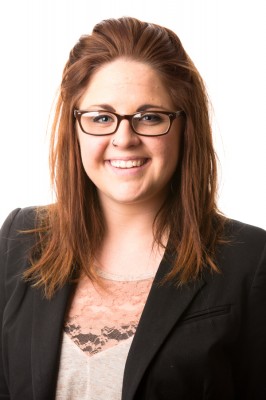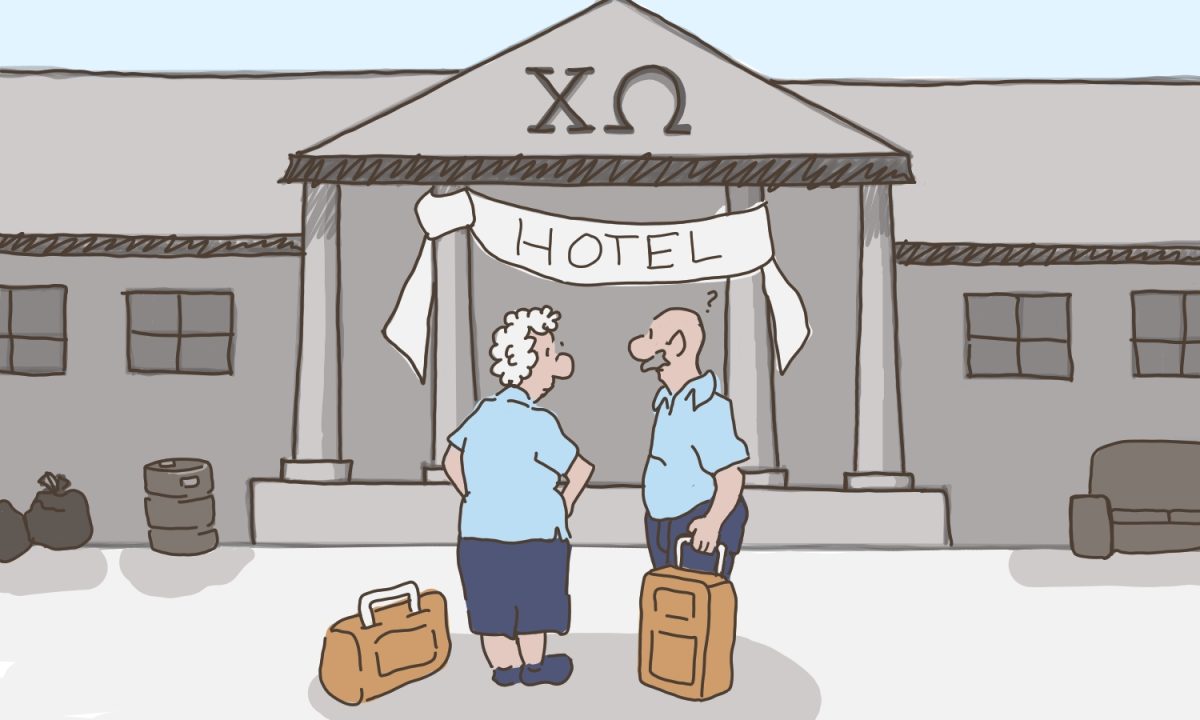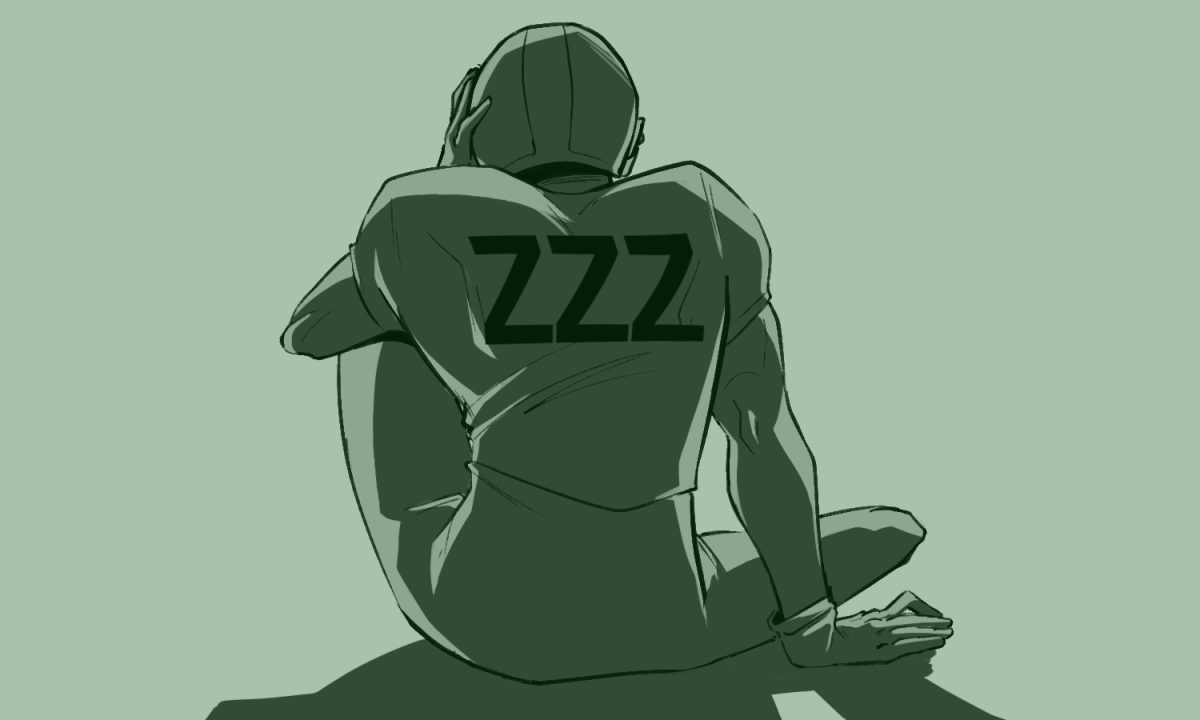
I remember my first minutes walking the streets of downtown Cairo, Egypt with my mouth agape and my Western understanding blown out of the water. As a Christian-raised middle class girl from Colorado, I realize now my initial shock was a relative experience.
Cairo was a busy mess of what seemed unnecessary honking, consistent Arabic being screamed from a loud speaker, a dynamic array of transportation such as a family of six — count them, six — on a small motorbike with a child in front casually eating a buttery stick of corn on the cob all the while weaving through ungodly traffic. There was trash everywhere and everyone seemed to be either yelling or smoking or both. At that time, Arabic was a senseless smattering of odd letters and a lot of “habibi.” Who knew men had so many options of fading, bleaching and stitch design on jeans? And of course I remember my reaction to suddenly seeing almost every woman veiled with hijab or burka. “Aren’t they hot with all that fabric covering them? It is summer in Egypt for goodness sake … Why are all these women wearing long black clothing?”
I have no shame in claiming that I was an ignorant 19-year-old who lacked experience and exposure to the Arab world. I will never forget how uncomfortable and scared I felt during that time and, as a result, how very little communication occurred between myself and loud and confusing Cairo.
After years of studying and traveling in the Middle East, that curtain of confusion slowly has been lifted. One particular aspect of Egyptian culture which initially threw me for a loop was seeing an extensive majority of women wearing burka, hijab, niqab or similar types of veil. There was a sense of fear in my mind associated with this foreign concept of veiling, but along with that fear came curiosity.
Why wear hijab (Islamic head scarf)? What does it signify? Who decides if she should wear it? Do women who wear hijab feel less empowered than those who choose not to wear it? Is hijab a form of misogyny?
Some decide to start veiling when they start menstruating as a symbol of becoming a woman. For some women, covering yourself is a form of empowerment or acceptance into society. Wearing hijab can be used as a visible message identifying oneself as a Muslim. For women all around the world, it can be used for piety, prudence, fashion or even cultural identification among many other reasons. In short, every woman who wears hijab has a personal and unique reason in doing so.
Here is another way of thinking about it. There are about 1.6 billion Muslims worldwide, and if we assume half that number to be female, then there are about 800 million different answers as to why a woman wears a veil.
Do you have a colleague or friend that wears hijab and find yourself wanting to ask her question about it? Do you think her scarf is pretty, but never dared to compliment her on it in fear of being culturally insensitive? Are you nervous to talk to a woman who wears hijab because you think she might not speak English?
I dare you to ask those questions you feel ashamed of even thinking. I dare you to open yourself to a new way at looking at Muslim women and hijab.
Do not let fear of differences limit your opportunity for establishing relationships and learning new things. One of the best decisions I made was deciding to set my fear aside and simply ask questions.
A popular quote regarding hijab has been trending as of late and I think it hits the nail on the head, “Judge what is in my head, not on my head!”
Brooke Lake wants everyone to understand hijab and the premises behind it. Feedback can be sent to letters@collegian.com
In Brief:
Do not let your misunderstandings of women and hijab cloud your judgment.
Don’t be afraid to ask questions — further your understanding and you just might learn something.
Judging a book by its cover is dangerous; don’t let yourself fall into this trap.






